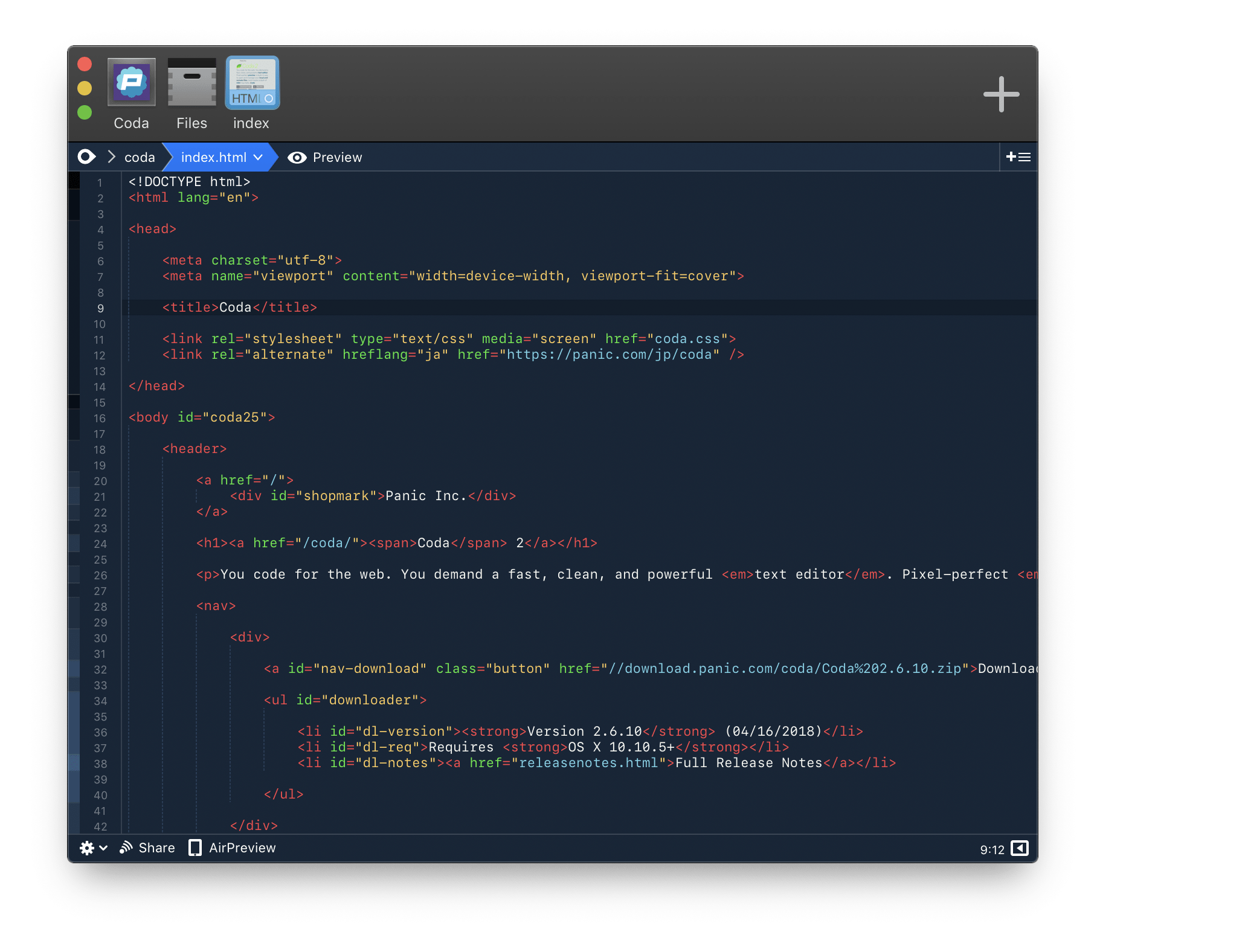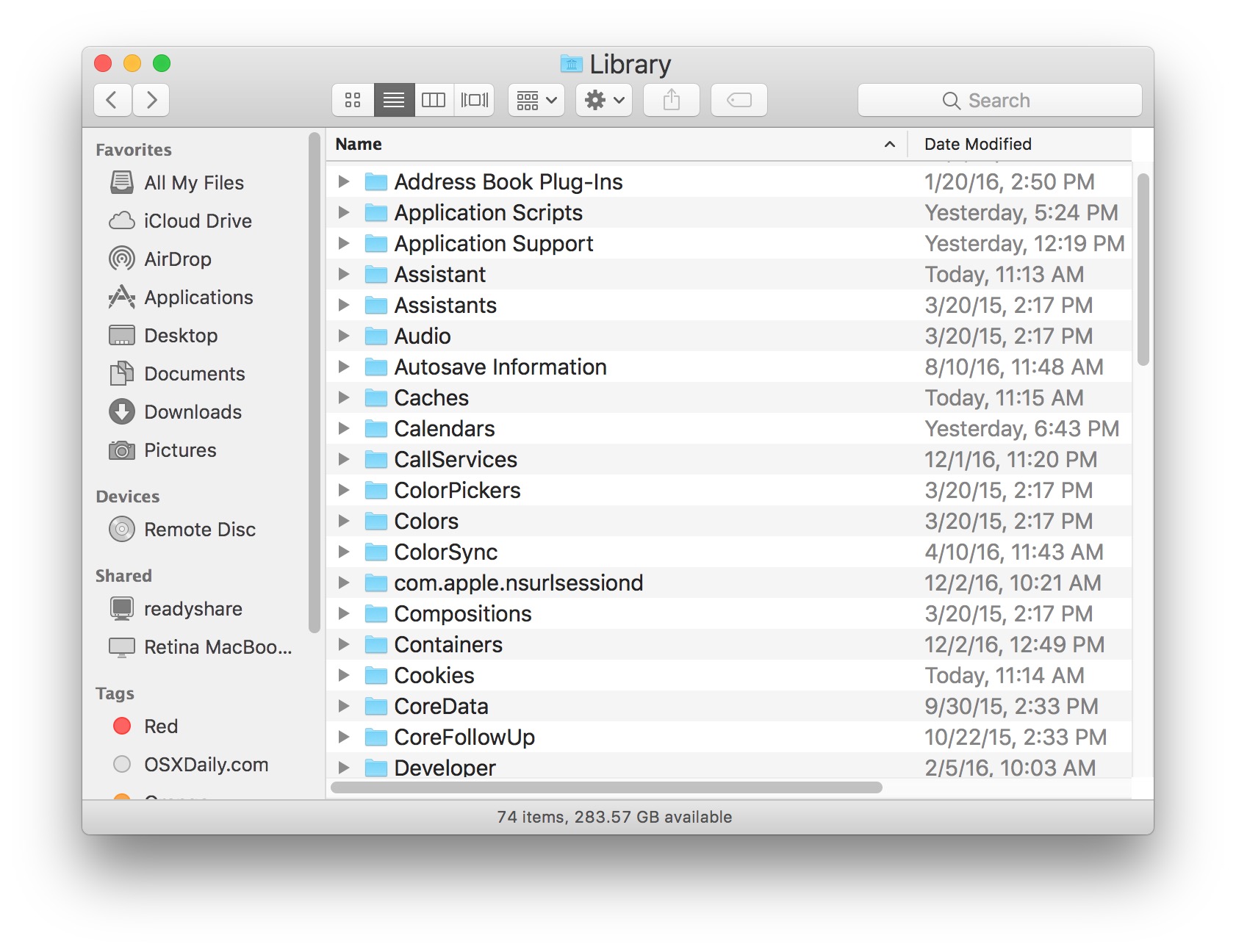You may need to access content in the user Library folder to troubleshoot problems with your Adobe applications. The user Library folder is hidden by default in macOS X 10.7 and later releases. Use one of the following methods to make the user Library content visible.


How to Find and Remove Duplicate Files on Mac OS X. Chris Hoffman @chrisbhoffman. ITunes has a built-in feature that can find duplicate music and video files in your iTunes library. It won’t help with other types of files or media files not in iTunes, but it can be a quick way to free up some space if you have a big media library with.
Hold down the Alt (Option) key when using the Go menu. The user Library folder is listed below the current user's home directory.
Oct 18, 2019 It uses windows and icons to show you the contents of your Mac, iCloud Drive, and other storage devices. It's called the Finder because it helps you to find and organize your files. Open windows and files. To open a window and see the files on your Mac, switch to the Finder by clicking the Finder icon (pictured above) in the Dock. Switching to. Jul 23, 2018 Then don’t worry there is a simple way to get messages and attachments of past conversations of iMessage on Mac. IMessage files stored on Mac in All MacOS versions (MacOS Mojave, MacOS High Sierra, Sierra).The backup of iMessage is stored locally on Mac by default, not on Apple servers unless you take backup to your iCloud storage. One of the many perks of upgrading to OS X 10.9 Mavericks is that it’s now much easier to make your user Library folder visible. Since Lion, Apple began hiding users’ Library folders. Follow this step-by-step guide to access hidden user library files in macOS when troubleshooting problems with your Adobe products. Can't see user library files in macOS X 10.7 and later. Show hidden files and folders in Windows 10 and earlier; Twitter™ and Facebook posts are not covered under the terms of Creative Commons. Mac OS X: Finding & Fixing Corrupt Preference Files. For unusual behavior on the Mac is a corrupt preference file, especially if the symptom is a program that won’t open or one that crashes.
Note: After you open the Library folder, you can drag the Library icon from the top of that window to the Dock, sidebar, or toolbar to make it readily accessible.
For more information, explanations, and ideas, see 18 ways to view the ~/Library folder in Lion and Mountain Lion.
More like this
Twitter™ and Facebook posts are not covered under the terms of Creative Commons.
Legal Notices | Online Privacy Policy
All Mac systems contain hidden files and folders. These are often preceded by a full stop or a slash, and are kept out of sight of the user either to prevent them from being deleted because they perform some essential function, or because they're irrelevant to everyday tasks.
Show All Files Mac Os X
Occasionally however, you might need to reveal these files and folders to fix a problem you're having with your Mac. The easiest way to reveal hidden files and folders in an active Finder window is to press the Shift, Command (⌘), and period symbol (.) keys in combination.
This action works everywhere except for the Desktop, and you can hide the affected files and folders again simply by repeating the key combo.
If you're comfortable using Terminal, entering the following command will also reveal all the hidden files on your Mac:
Mac Os X Show Library Files Windows 7
defaults write com.apple.finder AppleShowAllFiles YES
Once you've typed the command and pressed Enter, hold down the Option key, then right-click on the Finder icon in the Dock and click Relaunch for the changes to take effect. To switch the files back to hidden, simply change 'YES' to 'NO' in the Terminal command.
Mac Os X Information
That's all there is to it. You can also check out our separate how-to guide on revealing the hidden library folder in macOS.